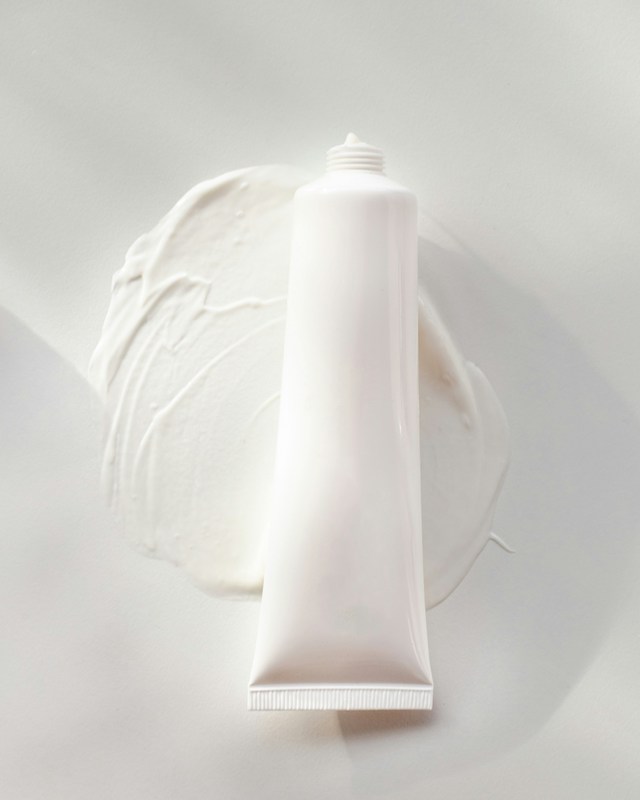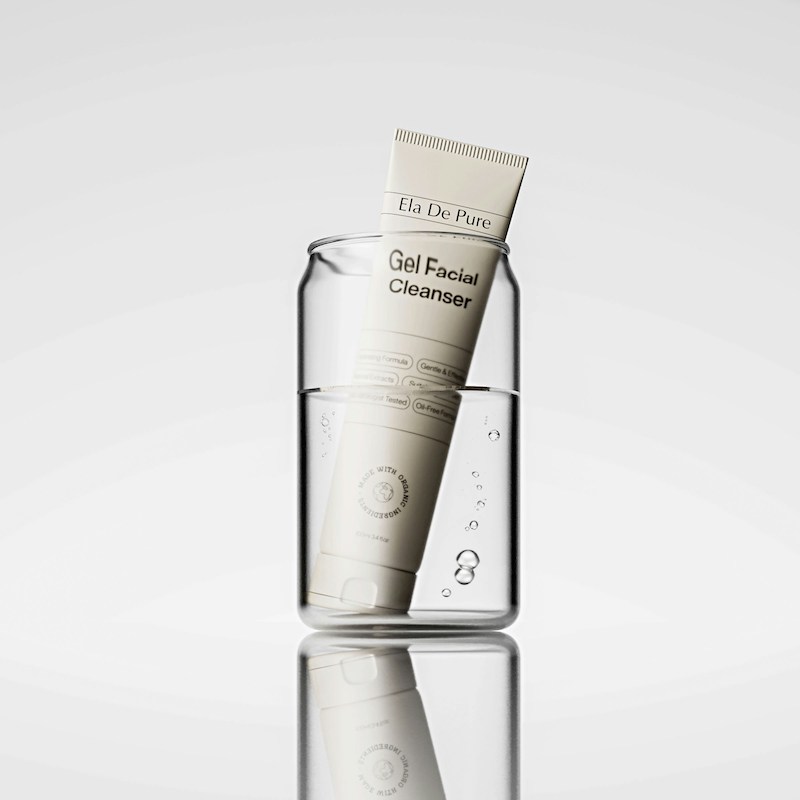Let’s be honest: walking into an Ulta store—or scrolling through their massive online catalog—can feel like skincare heaven and chaos at the same time. Rows of serums, moisturizers, cleansers, and masks from every brand imaginable, from The Ordinary to Peach & Lily, promise glowing skin in just a few drops. But how do you know what’s actually worth your money—and what’s just hype?
Unlike Sephora, which leans more luxury, Ulta offers a unique mix of drugstore staples, mid-range powerhouses, and trending influencer brands. That variety makes it one of the best places to build a routine—if you know what to look for.
In this guide, we’re diving into:
• What makes a product worth it in the first place
• How to shop Ulta like a pro
• What categories are smart investments (and which ones to skip)
• A few product recommendations that are actually worth it
Whether you’re building your very first skincare routine or leveling up your actives, this post will give you clear, science-backed advice. And if you’re not sure where to start, check out this guide to personalized skincare routines to figure out what your skin actually needs.
Let’s get into it.
What Makes a Skincare Product “Worth It”?
At first glance, it’s tempting to assume the $90 serum in gold packaging is better than the $12 one in a dropper bottle—but good skincare is about formulation, not price. A product is worth it if it does what it claims to do, has solid ingredients in the right concentrations, and respects your skin barrier.
So before you toss another “#musthave” into your Ulta cart, here’s what to look for:
1. Proven Actives (in effective concentrations)
Ingredients like niacinamide, retinol, peptides, azelaic acid, and ceramides have real scientific backing. These are the MVPs for improving texture, tone, acne, and signs of aging. But it’s not enough for a product to contain them—it matters where they appear on the ingredient list and how they’re formulated.
New to actives? Start here with The Ultimate Guide to Retinol or AHAs, BHAs, and PHAs Explained.
2. Skin Barrier-Friendly Formulas
Products that irritate, sting, or leave your skin feeling tight usually contain high levels of drying alcohols, harsh surfactants, or strong essential oils. A good formulation strengthens your skin over time, not weakens it.
For a full breakdown of barrier repair and ingredients to look for, read The Ultimate Guide to Skin Barrier Repair.
3. Thoughtful Packaging
Vitamin C in a jar? Retinol in clear glass? Nope. The best products come in airless pumps or opaque packaging that protect sensitive actives from breaking down. Always check how the product is packaged—it impacts stability more than you’d think.
4. Fragrance: A Maybe
Fragrance isn’t evil, but it can be irritating—especially if you have acne, rosacea, or sensitive skin. If your skin barrier is damaged, opt for fragrance-free. If not, it’s a personal choice (but don’t let “clean” branding fool you).
⸻
Bottom line? A “worth it” product works with your skin, not against it. In the next part, you’ll learn how to shop Ulta like someone who actually reads ingredients—not just marketing.
Want to build a routine tailored to your skin concerns? Start with How to Identify Your Skin Type.
Smart Skincare Shopping at Ulta: 5 Actually Useful Tips
You walk into Ulta (or scroll through their site) and you’re hit with it: rows of shiny packaging, influencer collabs, and bold claims. But with hundreds of products available, it’s easy to get overwhelmed or fall for hype. These tips will help you shop like a skincare insider—not a victim of marketing.
1. Take Advantage of Ulta’s Sales and Rewards Program
Ulta’s 21 Days of Beauty, Love Your Skin, and Holiday Steals events often include 50% off high-performance products (like The Ordinary, Peach & Lily, or La Roche-Posay). Pair that with their Ultamate Rewards system, and you can save serious money on your routine.
Pro move: Save up points and use them on pricier products like EltaMD or Dermalogica during a sale.
2. Use the Website to Check Full Ingredient Lists
Don’t trust just the front label—flip (or scroll) to the INCI list and read what’s really inside. Ulta’s site lists full ingredients for nearly every product, which is essential when checking for:
• Actives (niacinamide, azelaic acid, retinol)
• Irritants (alcohol denat., essential oils, high fragrance)
• Key ingredients for your concern
Need help analyzing labels? My post on Skin Barrier Repair shows exactly what to avoid if your skin is damaged.
3. Don’t Skip the “Derm-Backed” Brands
Ulta isn’t just about influencer brands. You’ll find clinically respected lines like:
• La Roche-Posay
• EltaMD
• Naturium
• Vanicream
These often beat the flashier options in both safety and performance.
Try: La Roche-Posay’s Anthelios SPF – lightweight, no white cast, dermatologist-loved.
4. Beware the “Clean” and “Natural” Labels
Just because something says clean, non-toxic, or natural doesn’t mean it’s good for your skin. In fact, many of these are loaded with essential oils and fragrance, which can irritate sensitive or acne-prone skin.
Curious? I break this down more in [Myth-Busting Skincare Trends (Coming Soon)] or revisit AHAs, BHAs & PHAs: Which One Is for You? to see how science beats marketing.
5. Have a Routine Plan Before You Shop
Don’t build your skincare routine in the middle of the Ulta aisle. Before buying, know what your skin needs (hydration? exfoliation? barrier repair?) and which products you already have at home.
Need help designing your own? Use my Ultimate Guide to Building Your Personalized Routine.
Ulta’s Most Popular Skincare Categories – What to Know
Ulta’s skincare shelves are packed with products that fall into five core categories: cleansers, moisturizers, serums, SPF, and treatments like exfoliants or masks. But not every category is worth splurging on—and some are way more effective than others if you know what to look for.
Let’s break it down.
1. Cleansers
You don’t need an expensive cleanser. What matters is that it cleans without stripping your skin. Look for creamy or gel-based formulas with mild surfactants, and avoid anything that leaves your skin feeling tight.
Already overwhelmed by options? I broke down the best cleansers for sensitive skin here.
Avoid: Anything with high fragrance or “foaming” claims (often contains harsh sulfates).
Worth it at Ulta:
- La Roche-Posay Toleriane,
- Vanicream Gentle Cleanser,
- Naturium Fermented Rice Cleanser
Moisturizers
Your moisturizer should do more than just “feel nice.” A good one should:
• Replenish your lipid barrier with ceramides or cholesterol
• Add humectants like glycerin or hyaluronic acid
• Possibly include gentle actives like niacinamide or peptides
Check out my Top 10 Moisturizers for Sensitive Skin for ingredient-based recommendations.
Avoid: Thin moisturizers packed with dimethicone and no actives.
Worth it at Ulta:
- Naturium Multi-Peptide Moisturizer
- Versed Skin Soak Rich Moisture Cream
- KraveBeauty Oat So Simple
3. Serums
Serums are where your money should go. These are the most concentrated products in your routine and target real concerns—acne, pigmentation, aging, etc.
Look for:
• Niacinamide (5–8%) for redness and oil control
• Peptides for fine lines
• Azelaic acid or retinol for acne/texture
• Vitamin C (L-ascorbic acid or derivatives) for brightening
Avoid: Serums that promise everything but deliver nothing—especially those with fragrance or no active concentrations.
Worth it at Ulta:
• Peach & Lily Glass Skin Refining Serum
• Naturium Azelaic Acid 10% Emulsion
• Versed Press Restart Gentle Retinol
4. Sunscreen
This is the one category you can’t skip. Look for broad-spectrum SPF 30+, and ideally something lightweight enough for daily wear.
Not sure what’s right for your skin? Read Top 10 Sunscreens for 2025.
Avoid: Sunscreens with overwhelming white cast or sticky finishes.
Worth it at Ulta:
• EltaMD UV Clear SPF 46
• La Roche-Posay Anthelios Melt-in Milk SPF 60
5. Masks & Treatments
These are the trickiest. Most masks feel great—but do very little long-term. Exceptions: exfoliating masks with gentle acids, or calming masks with colloidal oatmeal, panthenol, or centella asiatica.
Avoid: Anything labeled “detox,” “tightening,” or “pore shrinking”—often marketing fluff.
Final Thoughts
Ulta offers one of the most diverse and accessible skincare selections out there. But knowing what to buy—and more importantly, why—is the difference between an overflowing shelf and a glowing face.
Smart skincare isn’t about having 12 steps. It’s about knowing what works, what fits your skin type, and what your skin actually needs right now.
If you found this guide helpful…
Get Your Free Ingredient Mixing Table + Routine Planner!
Join the Simply By Sophia Newsletter and get:
• A printable table showing which ingredients can be mixed (and which definitely can’t)
• A bonus chart with recommended application order
• Routines tailored for beginners, intermediate, and advanced levels
→ Sign up here to get your free download and stay updated on new posts, real product reviews, and smart skincare insights.
Let’s Connect
• Follow me on Pinterest for aesthetic skincare tips, ingredient breakdowns, and weekly routines
• Comment below: Which Ulta product have you tried and loved—or hated? I’d love to hear your experience.
• Explore more on the blog: Skincare Basics, Ingredients, Product Recommendations
Your Skincare. Simply Done.


